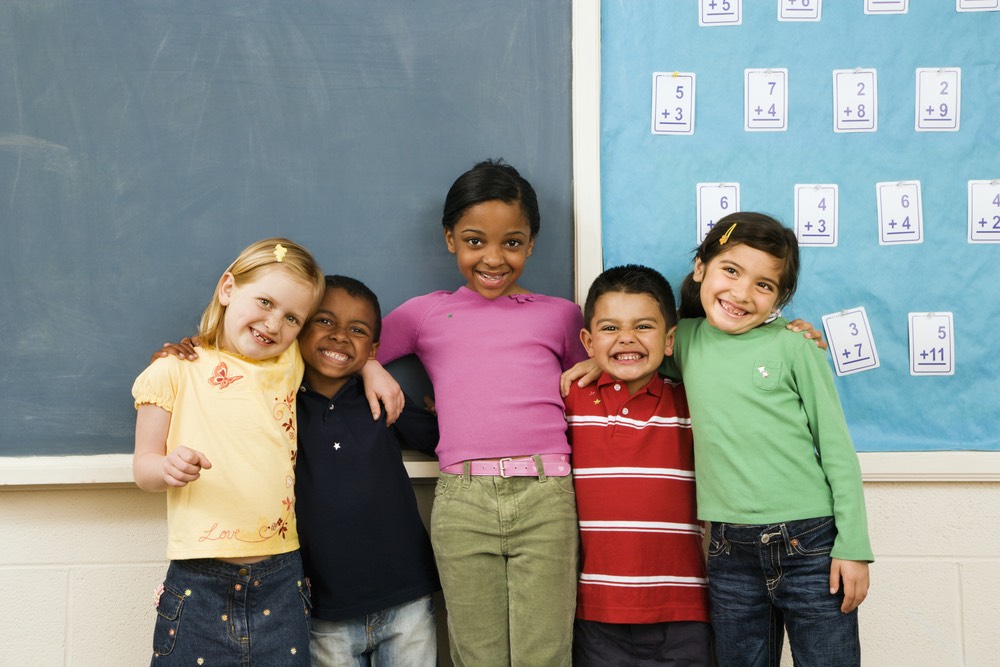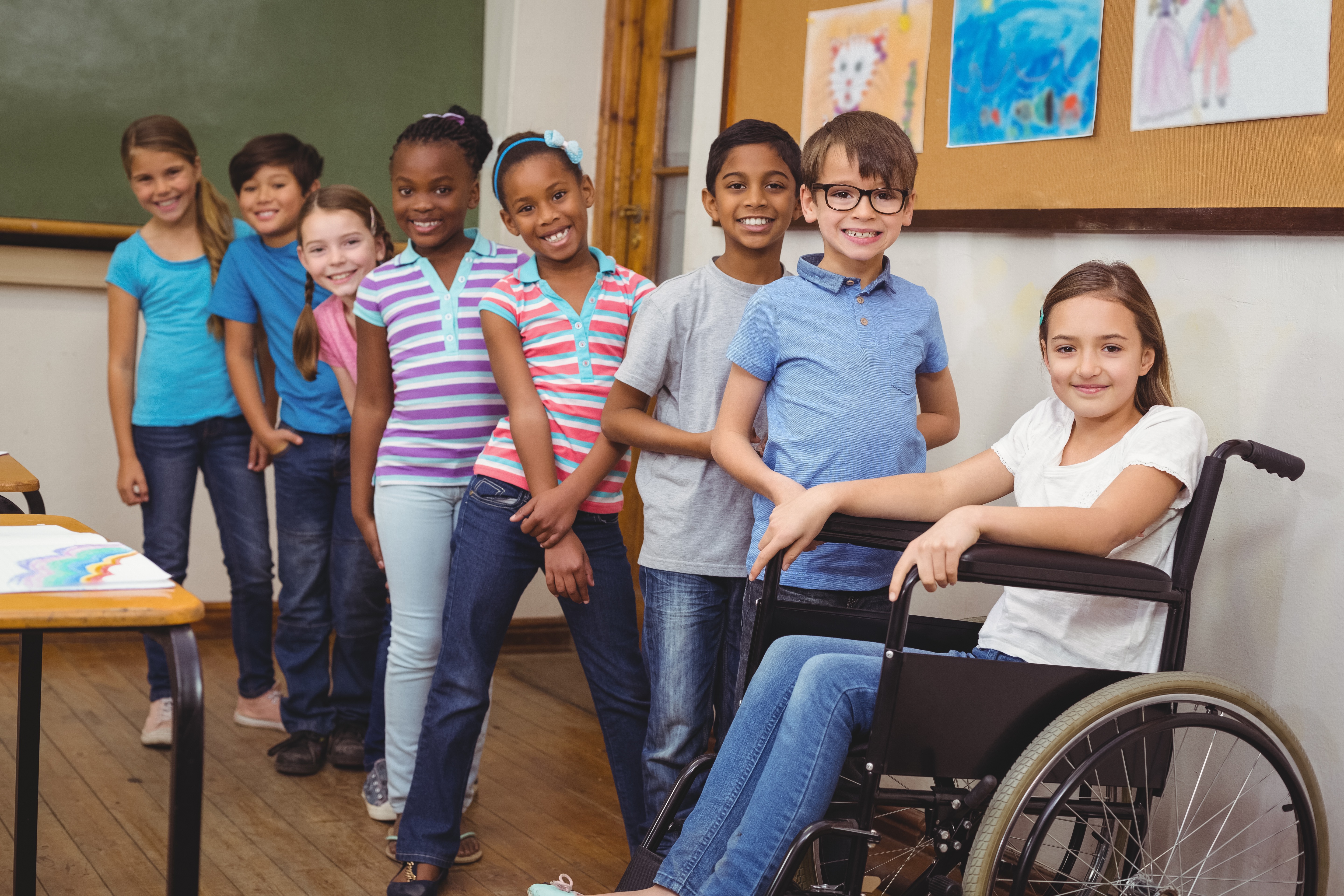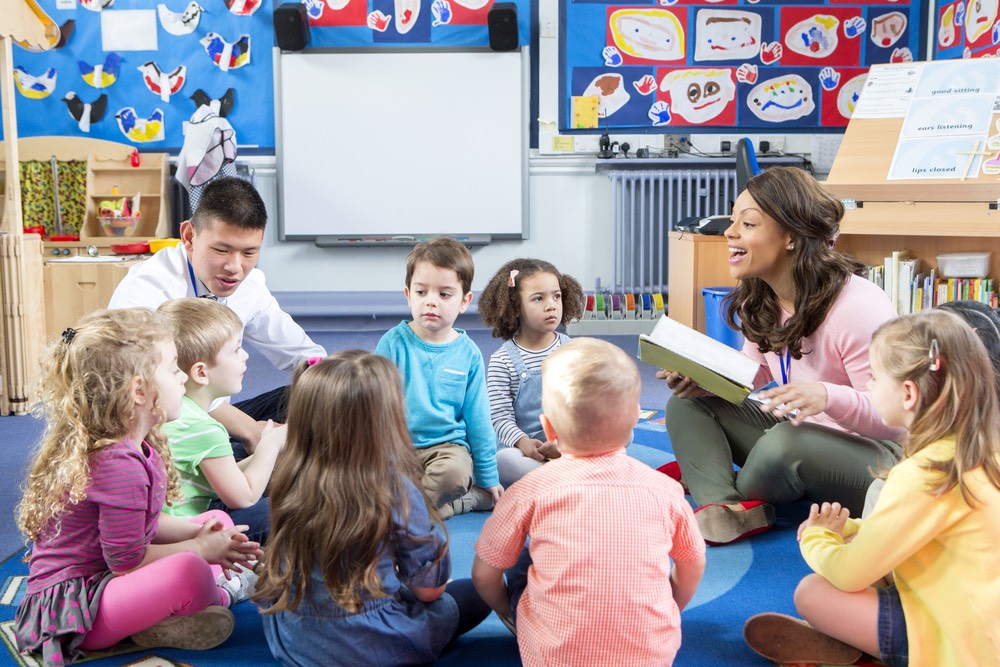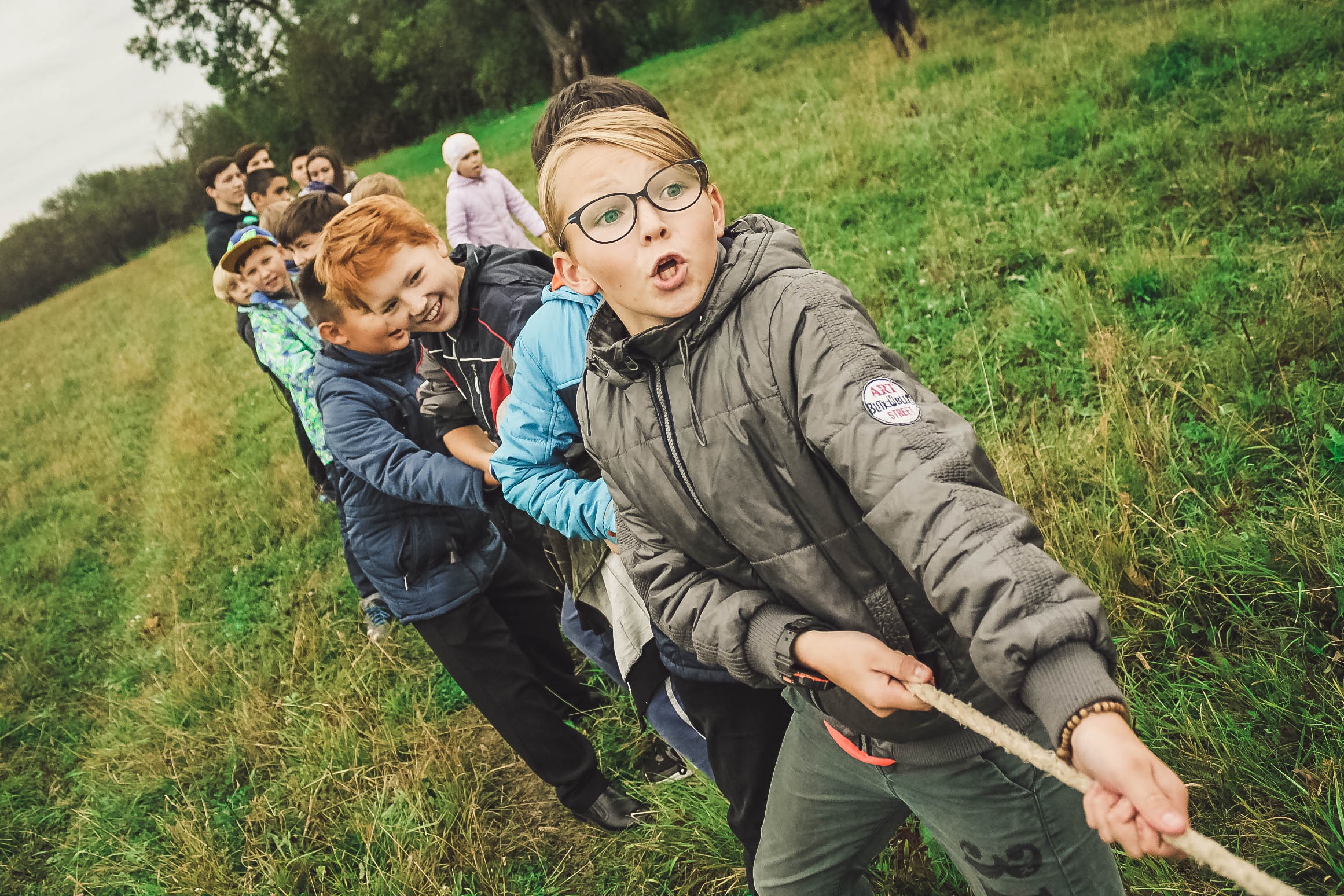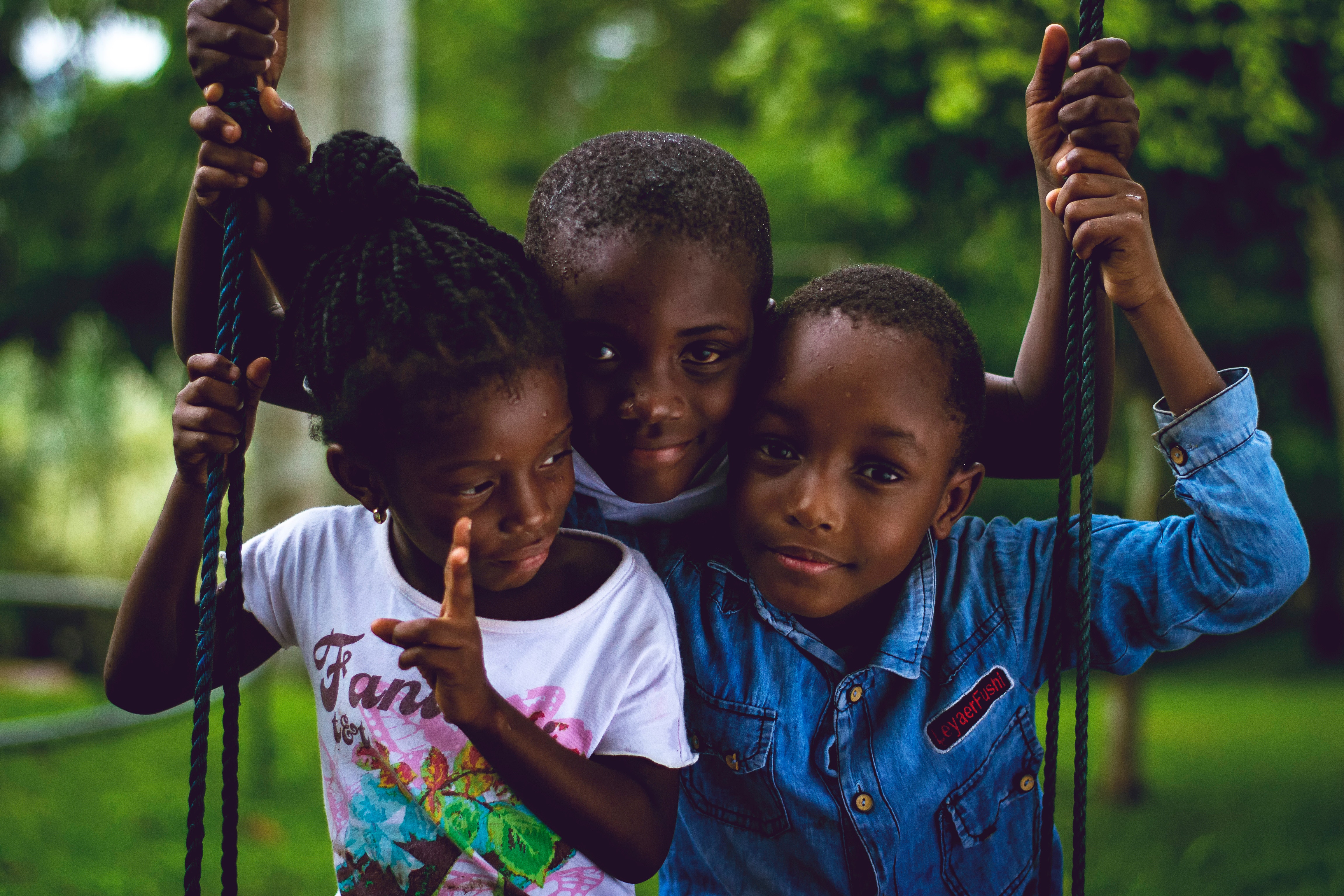Program Changes
What’s new in Strong Kids and Strong Teens?
Programmatic-level changes: How do the programs differ overall?
We better address issues that students increasingly experience in our global society. We integrate sociocultural issues in discussions of emotional awareness, expression, and empathy. Because with whom and where we express our emotions can be just as important as how we express our emotions, we discuss emotional expression in terms of not just our actions but also the context or setting. Throughout the programs, we use more current and authentic examples and reference problems that students today are likely to experience, such as social networking dilemmas, stereotypes, and other complex social situations. We use "twists" in examples, which change a small aspect of the example, thereby altering the way students perceive the situation and the outcome. We also include more modern graphics to pique the interest of students and help ground the more abstract ideas.
Build a tolerance for discomfort and reduce reactivity. Distressing emotions such as anger or sadness are discussed in this edition using a slightly different orientation. Rather than conveying only the message that uncomfortable feelings are something to change or fix, we emphasize the value of simply listening to what our bodies are communicating through these emotions. Also, to better address SEL issues associated with students who internalize their emotions, we discuss both the potential negative consequences of acting out and withdrawing, hiding, and repressing our emotions.
We added a new lesson, Positive Living! This new lesson promotes a sense of personal responsibility over daily behaviors and actions and promotes the development of healthy habits across school, home, and community settings. To build on these concepts, the next lesson is centered on creating strong, SMART (specific, measurable, attainable, relevant, and timely) goals.
Changes across the levels: How does Strong Kids—Grades 3–5 differ from Strong Kids—Grades 6–8, and how does Strong Kids—Grades 6–8 differ from Strong Teens?
The new programs have been revised to better target, differentiate, and address developmental considerations of SEL. The SEL topics bring different contexts and different meanings for students as they age. Making a responsible decision can present more complex considerations for an adolescent than for a student in third grade. Thus, although the major objectives remain unchanged across the levels, the ways in which the lessons approach the objectives are adjusted to fit the development of the student. As the levels advance, the instruction and examples become increasingly sophisticated and abstract. Whereas Strong Kids focuses on more concrete concepts and issues relevant to elementary and middle school, Strong Teens addresses more abstract concepts and uses examples with more complex social situations and issues that are more relevant to teens, such as postsecondary planning.
What’s New in Strong Start?
The Collaborative for Academic and Social Emotional Learning (CASEL) is an organization that leads efforts to promote social and emotional learning in research, policy, and practice. This organization advocates for educational settings and community agencies to ensure that children are learning about five essential personal competencies including self-awareness, self-management, social awareness, relationship development, and responsible decision-making.
In the second edition of Strong Start—Grades K–2, we have aimed to explicitly align lessons to these critical competencies. At the top of each lesson, the particular competencies addressed are listed.
Our content changes provide more opportunities for student growthWe have shortened scripts for group leaders and incorporated more opportunities for students to learn through active engagement. We also changed the order of particular lessons to foster increased foundational knowledge of emotional knowledge and self-awareness.
We tweaked wording throughout the curriculum to highlight that it is okay and important to experience all feelings, but some make us feel good and others make us feel not so good on the inside. We have also introduced new terminology such as stuck (see Lesson 7) to describe situations when we may be perseverating and having a hard time letting go of worries.
Our new lesson components continue to follow a standardized format but offer increased teaching and learning opportunities